The HTC Desire Eye is the latest mid-range flagship from HTC. HTC introduced the concept of the mid-range flagship into its lineup earlier this year when the Desire 816 was unveiled at Mobile World Congress. The phone featured mid-range specs, but had a fit and finish which set it apart from the competition. The HTC Desire Eye is nothing like the HTC Desire 816.
The phone’s unibody design is made of two different color plastics inside a single injection molding process. The end result is a soft-touch white finish with red trip along the edges of the phone. From the front, the HTC Desire Eye looks half-finished. The massive camera lens and two tone LED flash above the screen seem out of place, mainly because we’ve been taught that front-facing camera should be small. In time, the Eye will not be as noticeable, but it’ll never be pretty.
At first glance, the HTC Desire Eye appears to omit HTC’s trademark BoomSound speakers. But a closer look reveals that the speakers are hidden above and below the display where the glass meets the polycarbonate molding of the phone. The red of the phone’s edges is highlighted by a dedicated camera shutter button, power button and volume rocker on the right with SIM and memory card slots on the left side. The 3.5mm headphone jack is located on the top of the phone, leaving the microUSB port alone on the bottom. The HTC Desire Eye is slightly larger than the HTC One (M8), but the size increase isn’t noticeable.
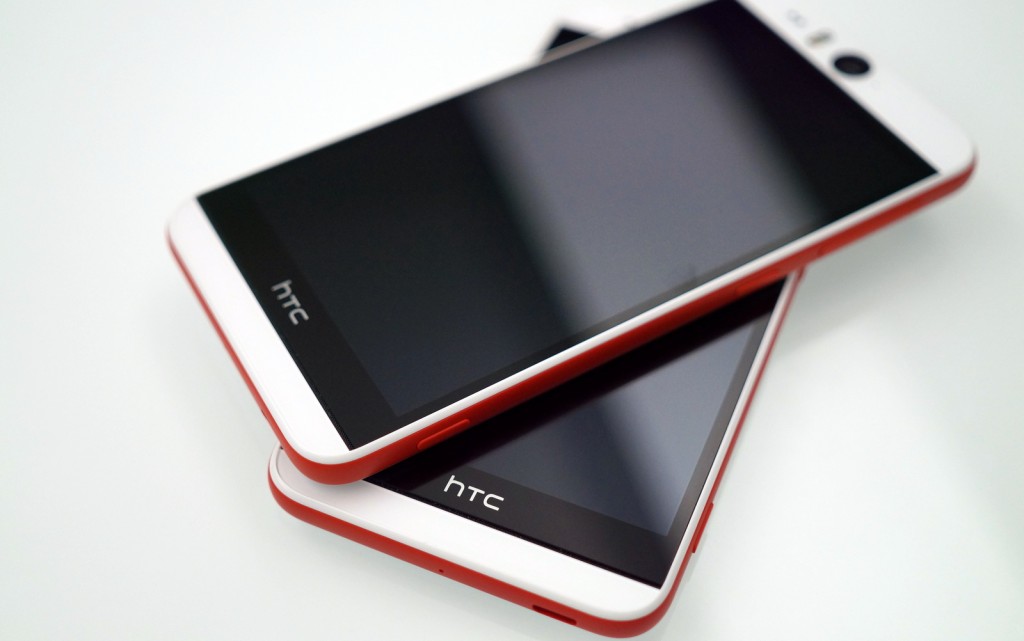
The HTC Desire Eye has a design that doesn’t barrow much from any of HTC’s current phone, but the soft-touch finish and red accents bring back memories of the HTC Droid DNA and HTC One X – two iconic HTC devices with impeccable design and finish.
Specs
- 5.2-inch 1080p display
- Quad-core 2.3GHz Qualcomm Snapdragon 801 processor
- 2GB RAM
- 16GB internal storage with microSD slot expandable to 128GB
- Front camera: 13 megapixel BSI sensor, f/2.2, 22mm lens, two tone LED flash
- Rear camera: 13 megapixel BSI sensor, f/2.0, 28mm lens, two tone LED flash
- 2,400 mAh battery
- 3 microphone, noise cancellation
The 5.2-inch 1080p display is stunning, offering great viewing angles and color reproduction. As you might expect, the software on the phone is buttery smooth thanks to the quad-core Qualcomm Snapdragon 801 process and 2GB of RAM – setting it apart from all other phones in the HTC Desire family. The Desire Eye’s specs are on par with those of the HTC One (M8), and it shows.
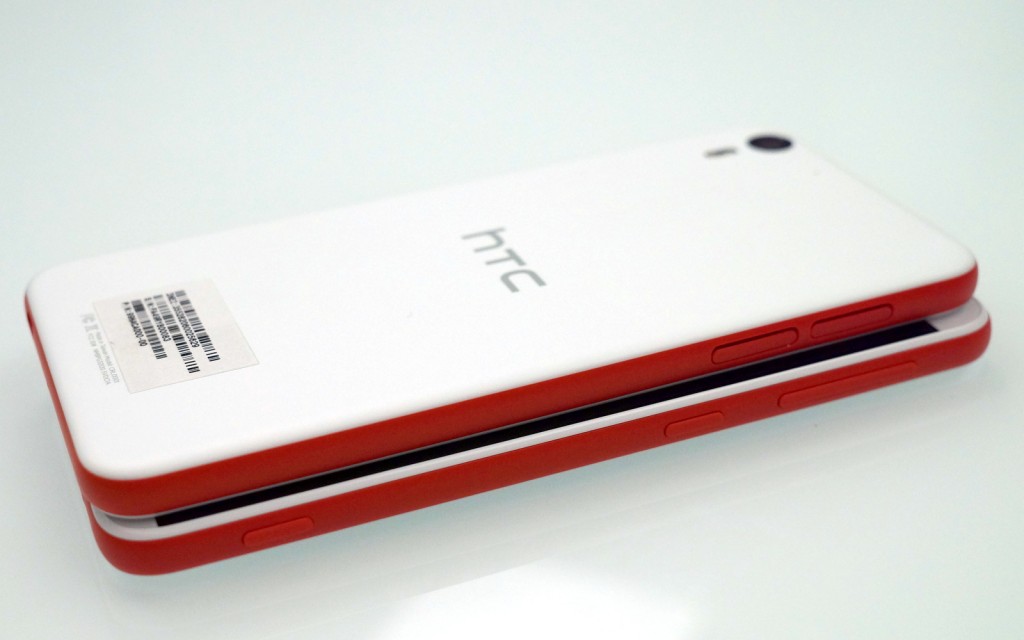
But the HTC Desire Eye’s story isn’t about great specs for a good price. The Desire Eye is about delivering the best possible front-facing camera experience for consumers. We’ll admit that the concept of a selfie smartphone is lame. But you can’t blame HTC for wanting to capitalize on the public’s fascination with themselves. Selfies are the most common images shared on Instagram and #me is typically trending in the top five with more than 290 million posts to date on Instagram. You might not be into the selfie, but that doesn’t mean your sister or mom (yes, mom’s take a lot of selfies too) don’t take 5 of them a day.
As you can imagine, the HTC Desire Eye gets its name from the massive 13 megapixel camera which sits on the front of the phone. It’s the same exact sensor that HTC is using on the back. Besides the lens differences (22mm on the front versus 28mm on the back) the two cameras are identical.
The camera software on the Desire Eye looks pretty similar to what we’ve already seen on Sense 6, but there are a few enhancements which HTC has added to enhance the experience. Auto-capture will automatically take a picture when the camera detects your smile, or you can trigger the shutter with voice commands like “say cheese” or say “action” or “rolling” to start recording video. Split capture allows you to take pictures with the front and rear cameras and you’re even able to use the front camera to crop yourself into an image taken with the rear camera.
Because the front-facing camera uses a traditional sensor, HTC also offers a unique video calling mode which can track the faces of four different people and frame them individually. We’re not sure how many people will actually use this feature, but it’s nice to see HTC thinking out of the box.
AT&T is HTC’s “exclusive launch partner” for the HTC Desire Eye. The phrasing implies that AT&T has a timed exclusive, so don’t be surprised if the HTC Desire Eye shows up on Sprint, Verizon or T-Mobile in the coming months.
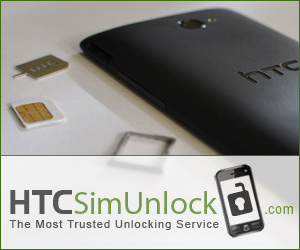



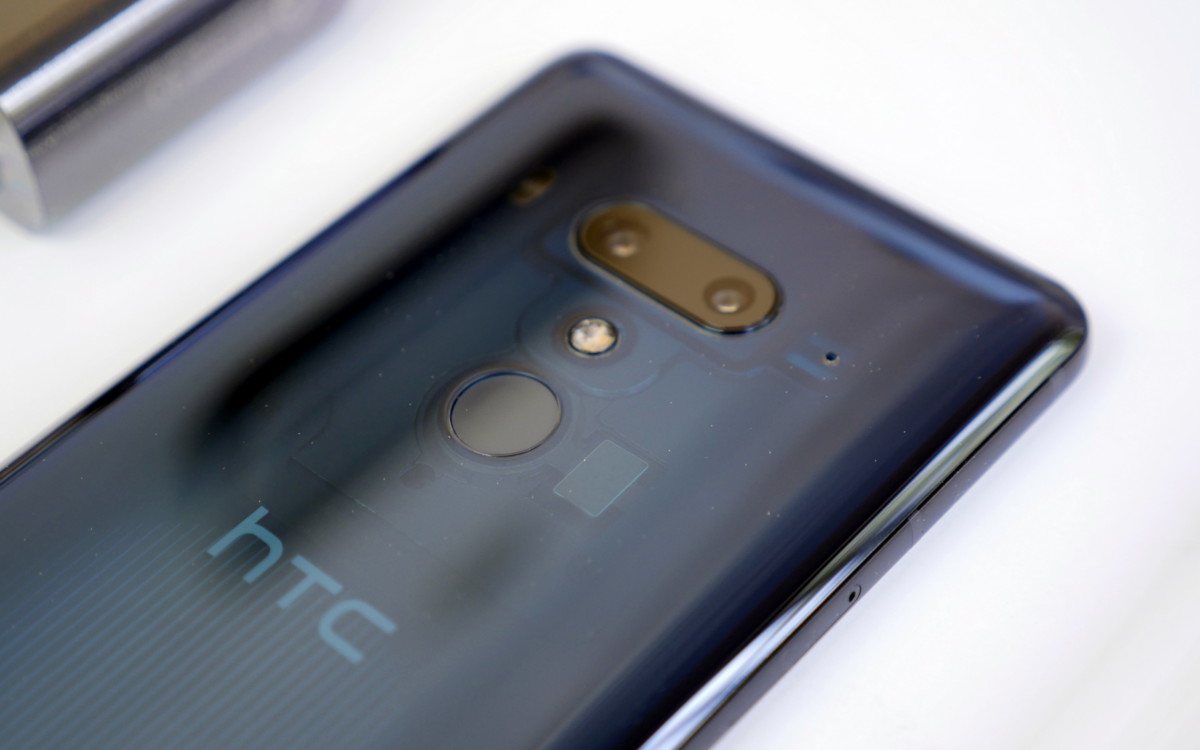
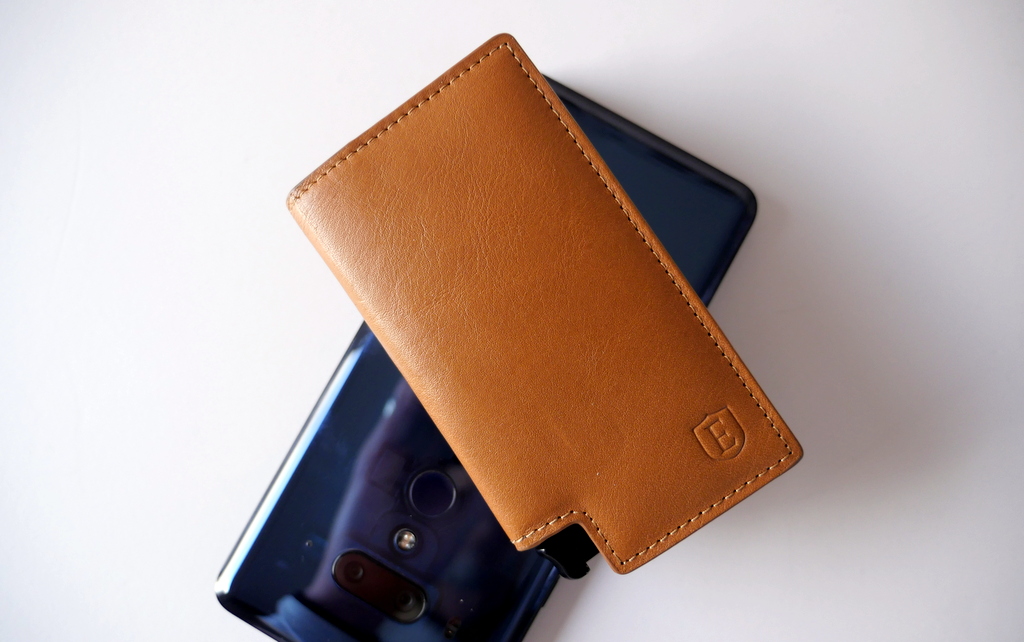


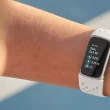

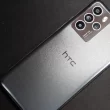
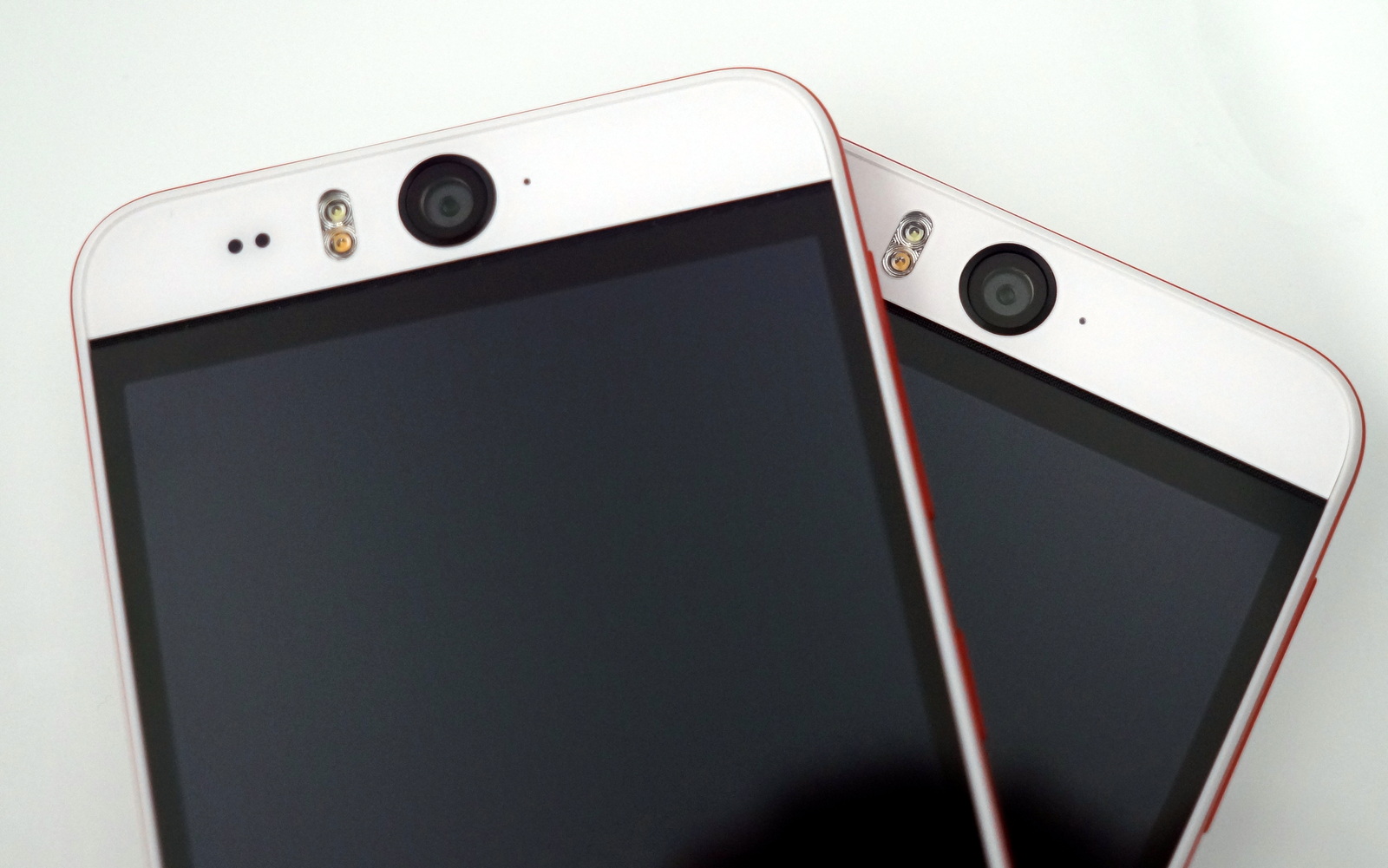
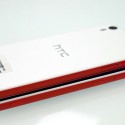
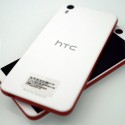
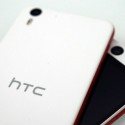
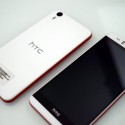

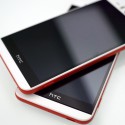
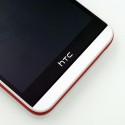
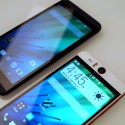

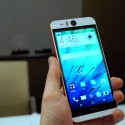
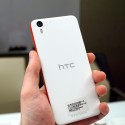
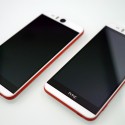
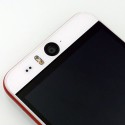


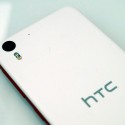

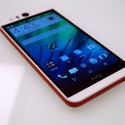
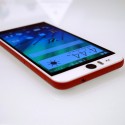
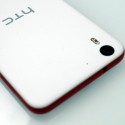
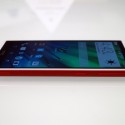

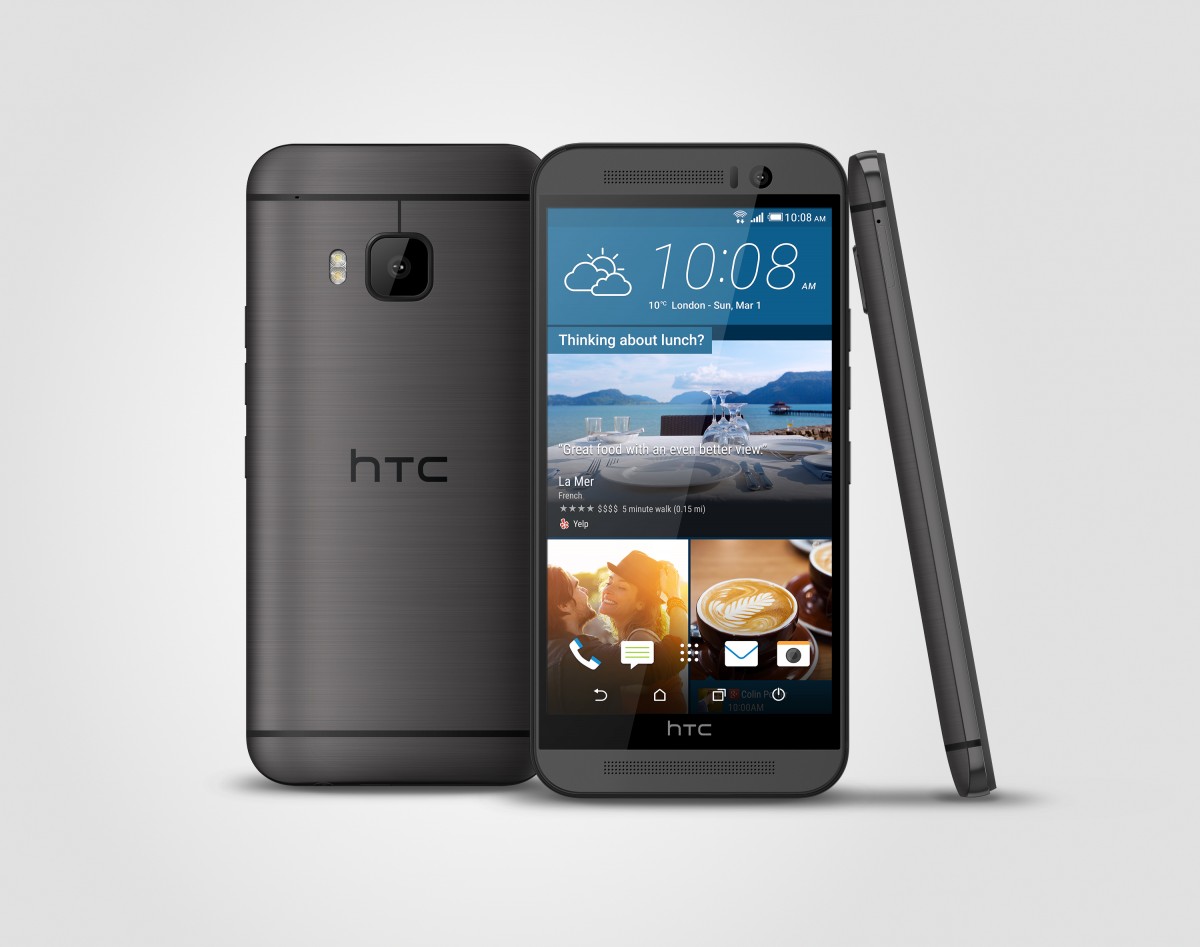
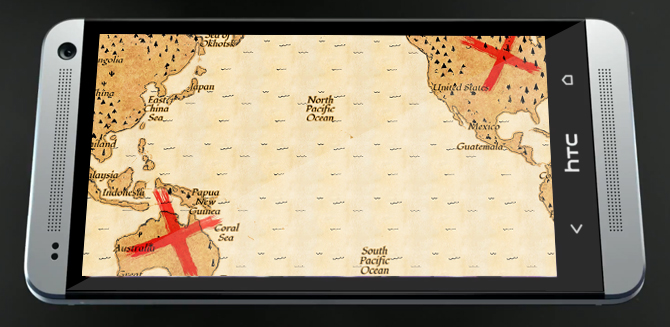
Slefie its lame but good phone. Watched live..
Had nose that is about software also.
Although its flash-equipped front camera is eye-catching, its image results aren’t as impressive as I’d hoped. Still, the flash will illuminate your face where other phones can’t, and the Desire Eye comes with fun software, is well-specced and waterproof too.